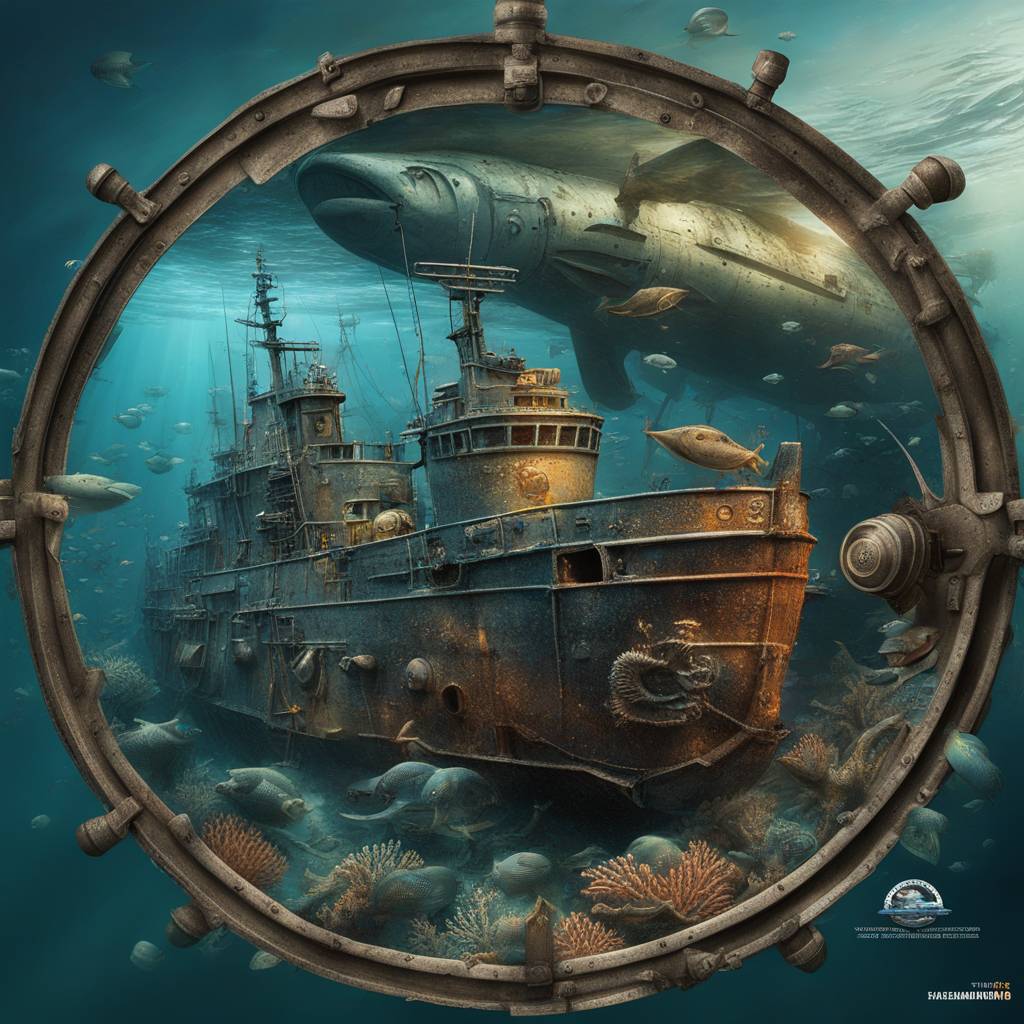The National Oceanic Atmospheric Administration (NOAA) has warned boaters and fishermen to keep a safe distance from known shipwrecks in the Stellwagen Bank National Marine Sanctuary off the coast of Massachusetts. There are more than 200 wrecks in the sanctuary, including the USS Heroic, the trawler Josephine Marie, and the 55-foot North Star, which have historical significance and are protected under federal acts. Researchers have been exploring these wrecks since 2019, studying their interactions with marine life and preserving them as underwater time capsules.
One of the most famous shipwrecks in the sanctuary is the steamship Portland, which sank in 1898 and killed all 130 people on board. Considered the “Titanic of New England,” the Portland is known for its luxurious design and the large loss of life. Researchers have also been investigating the wreck of the Josephine Marie, a steel-hulled trawler that sunk in 1992, and the North Star, a rig dragger that capsized in 2003. These wrecks provide habitats for marine life and are being studied to understand their ecological impact.
NOAA has been working with research teams to explore the wrecks, studying their historical significance and the biological communities they host. In addition to exploring the physical wrecks, researchers are also investigating the marine life that inhabits these underwater habitats. The mystery coal schooner, a new shipwreck discovered in 2003, is also being studied in the hopes of learning its identity through high-resolution imagery and historical research. These efforts aim to shed light on wrecks as habitats and preserve them for future study.
The research conducted since 2019 has focused on studying the wrecks in detail, creating virtual 3-D models, and documenting the invertebrate communities that thrive in and around the wrecks. These efforts have brought the excitement of underwater research to the public through real-time broadcasts and educational outreach. By understanding the wrecks’ impact on marine life and preserving them as historical artifacts, researchers hope to build upon the successes of previous expeditions and continue studying the wrecks for years to come.
Overall, the shipwrecks in the Stellwagen Bank National Marine Sanctuary provide valuable insights into maritime history, ecology, and marine biology. By protecting these wrecks from damage and studying their interactions with marine life, researchers can continue to uncover the mysteries of these underwater time capsules. Through collaboration with scientific organizations and the public, NOAA aims to raise awareness about the significance of these wrecks and ensure they are preserved for future generations to explore and appreciate.













